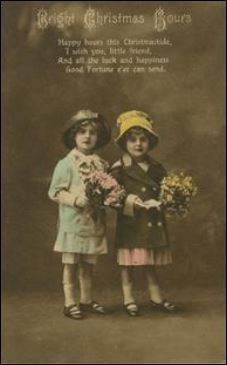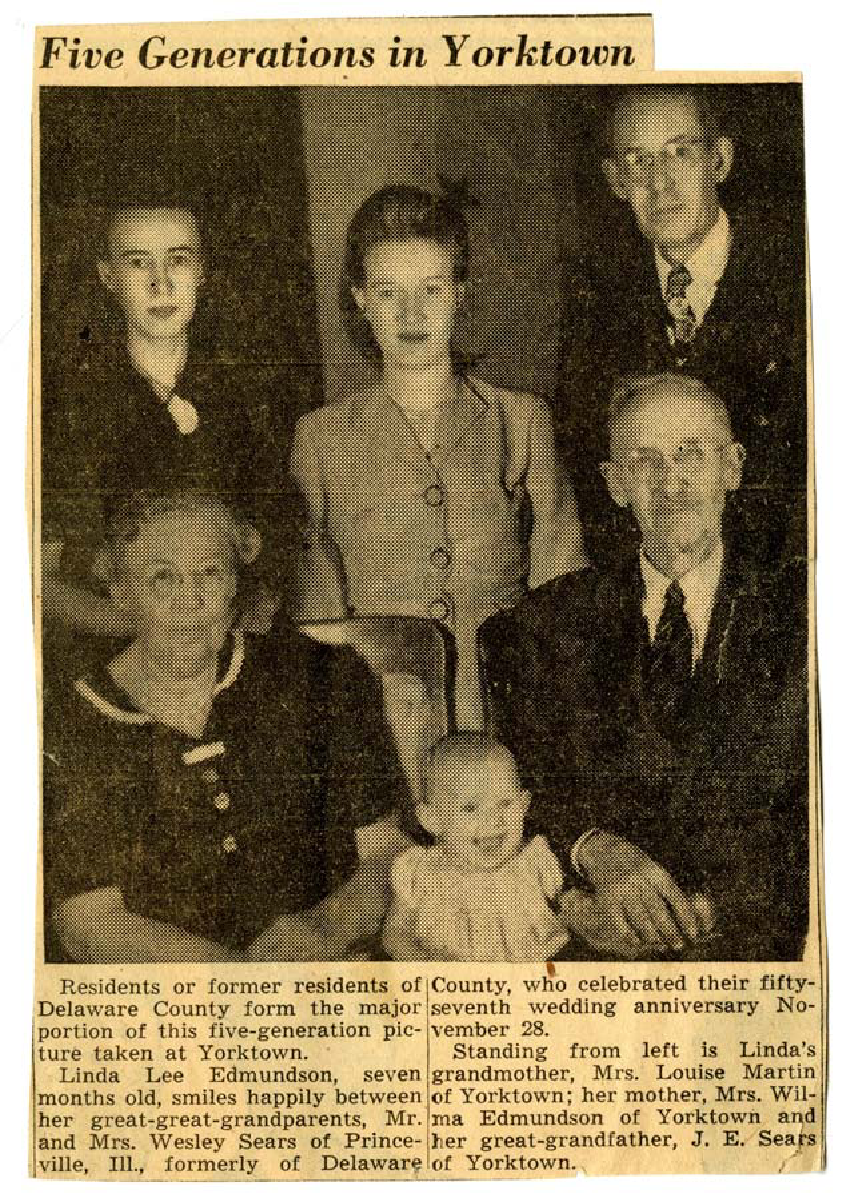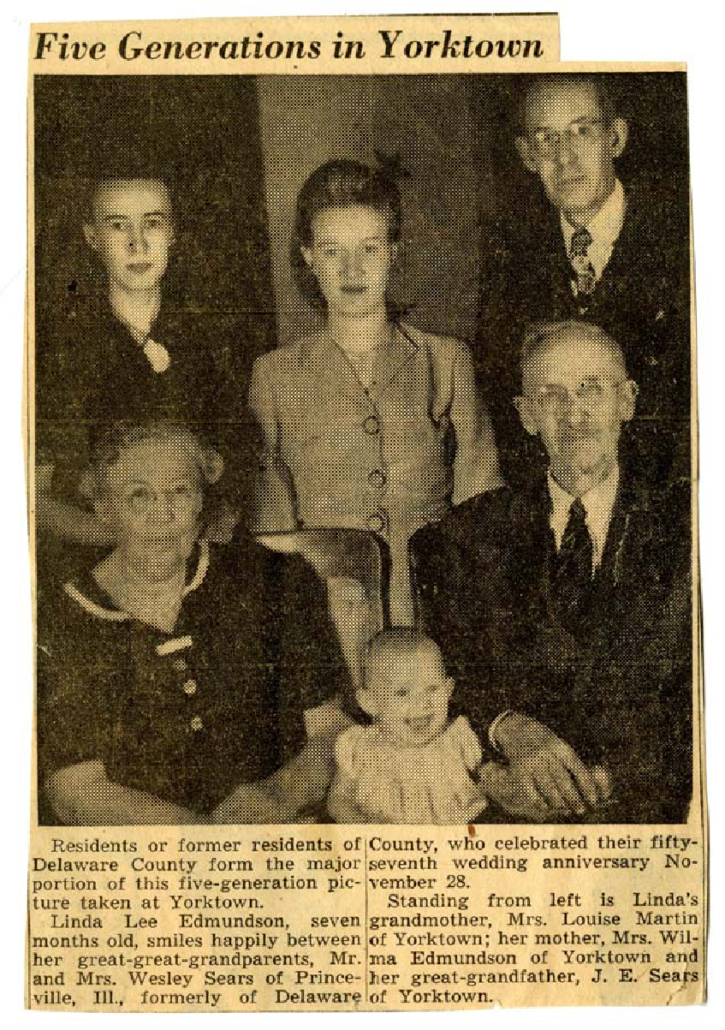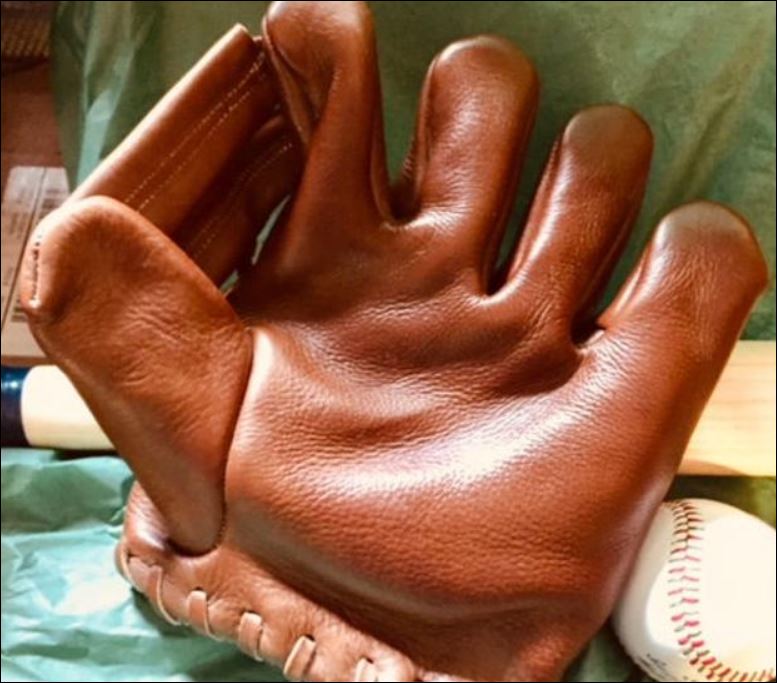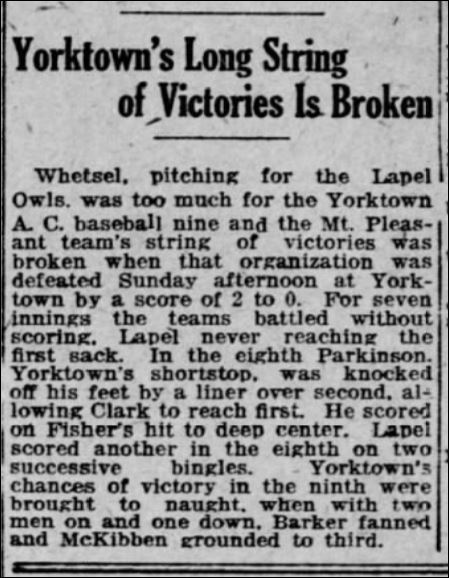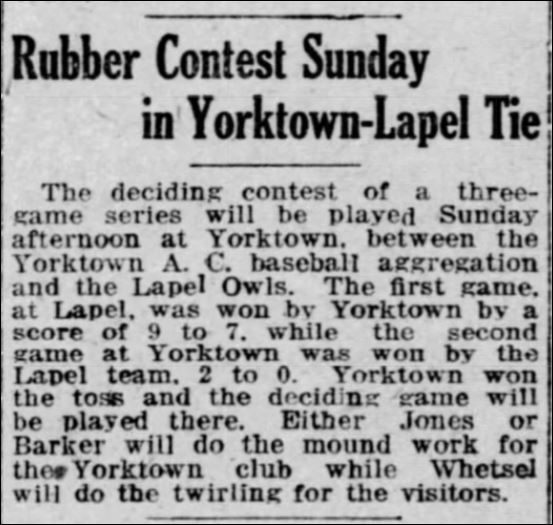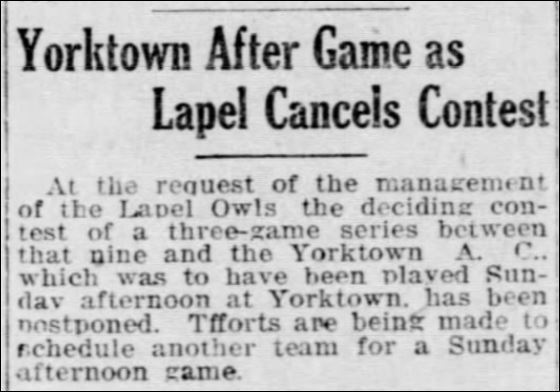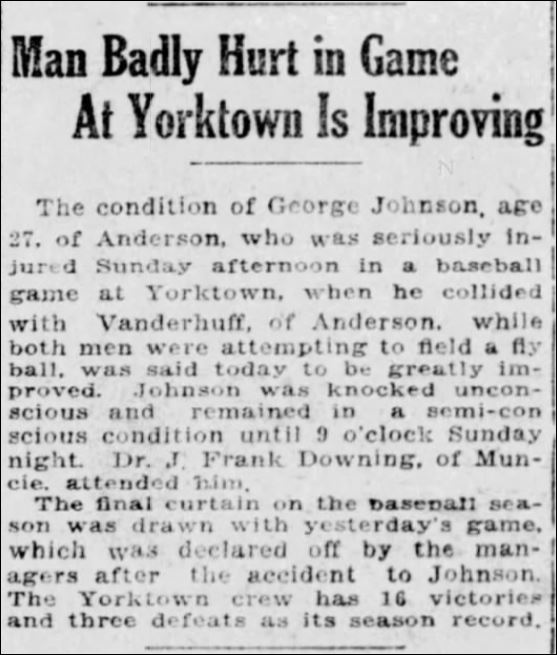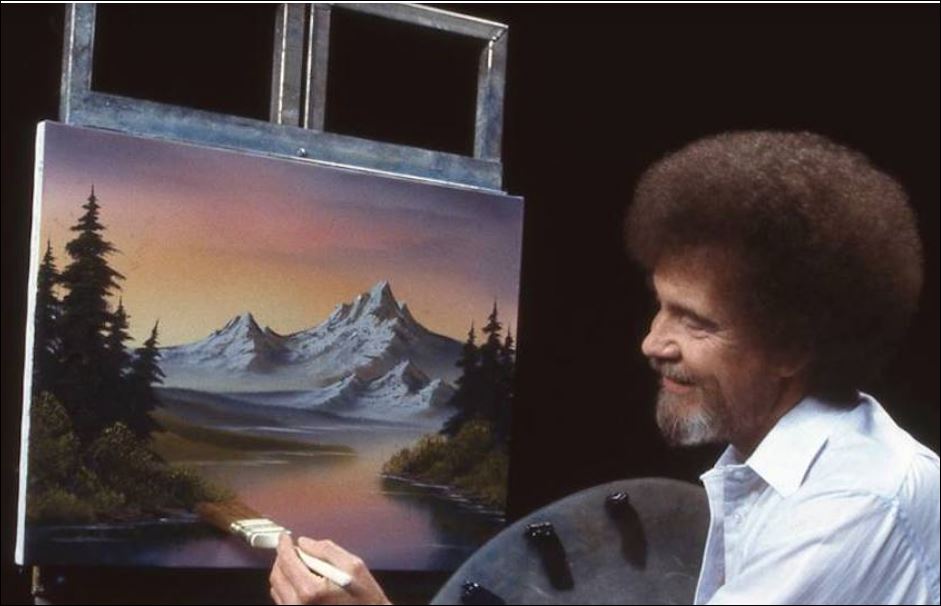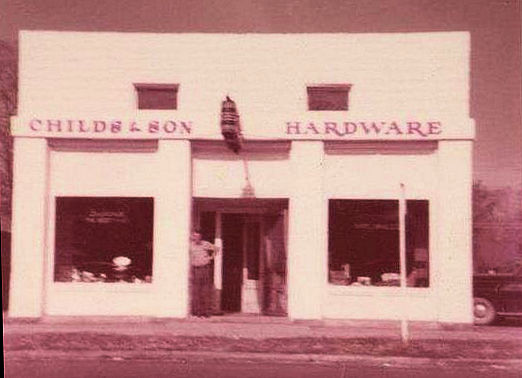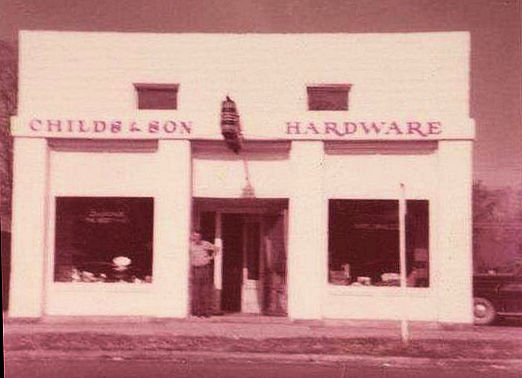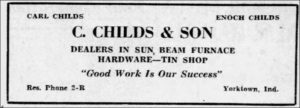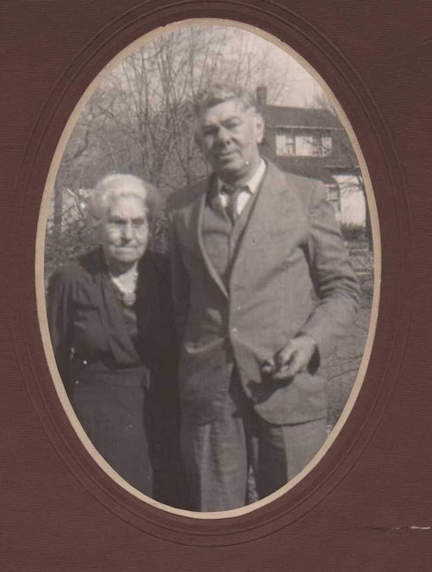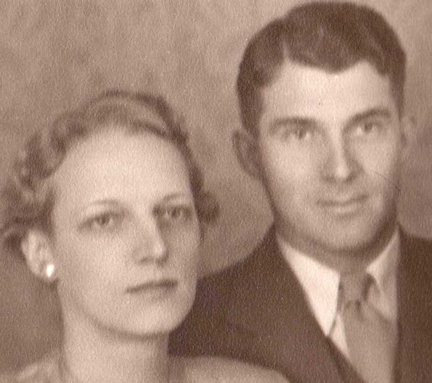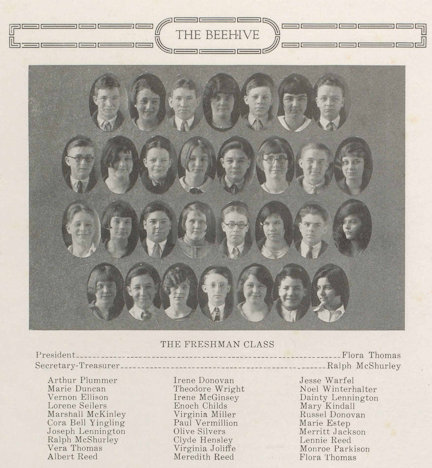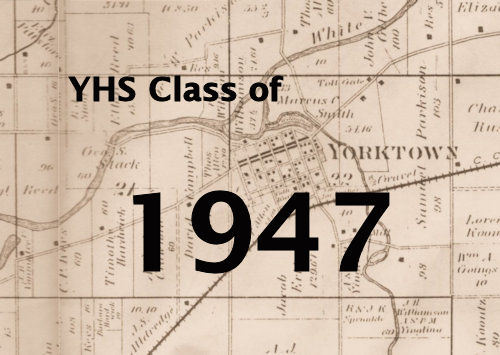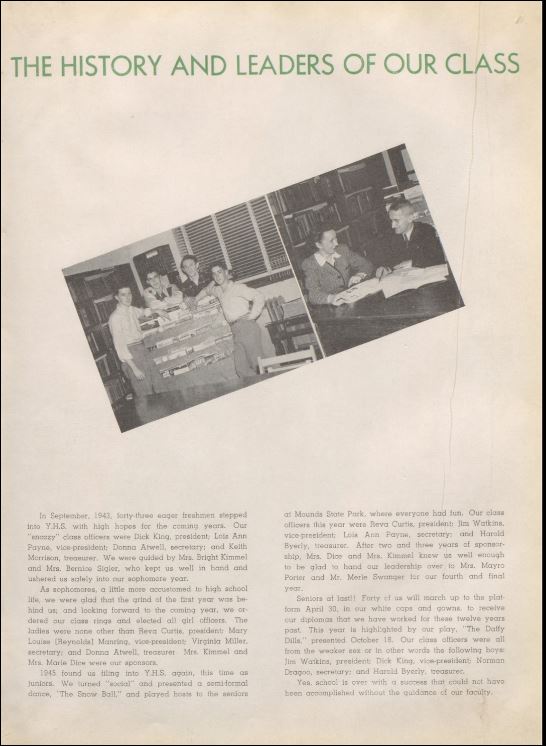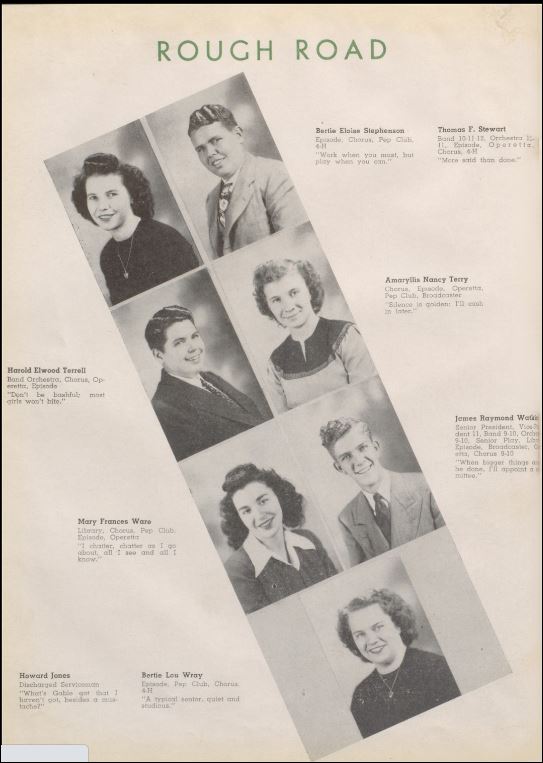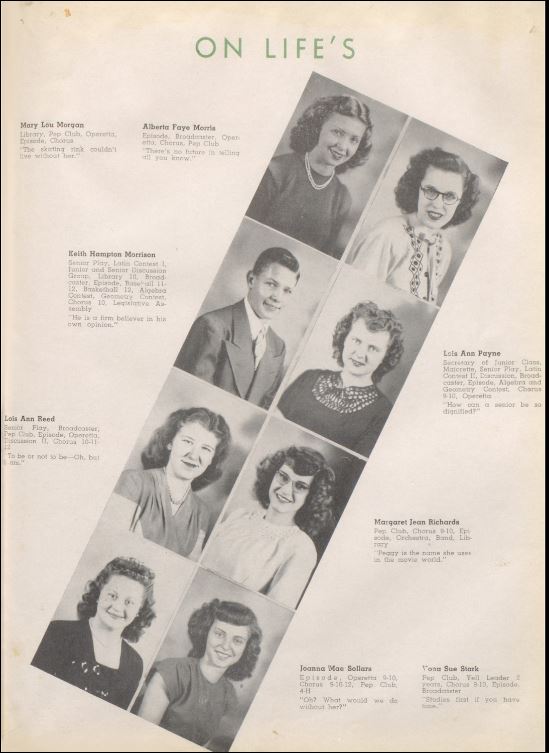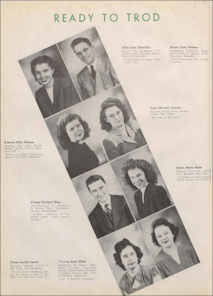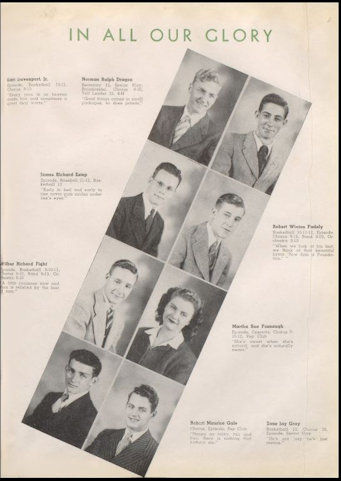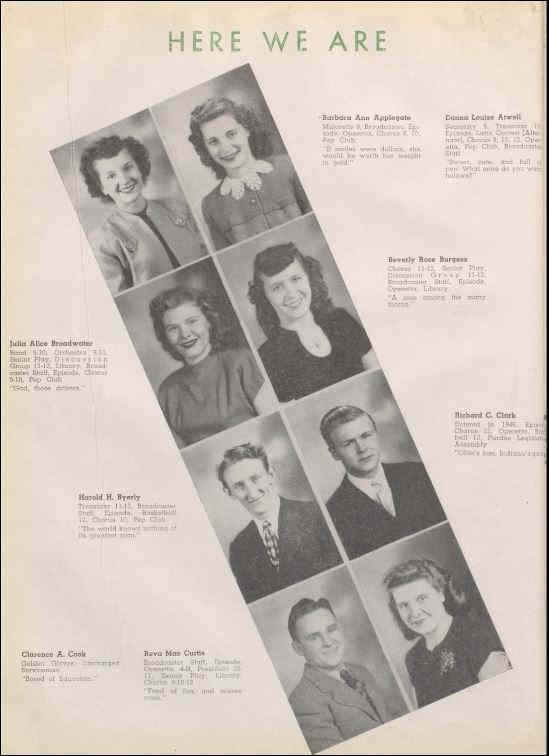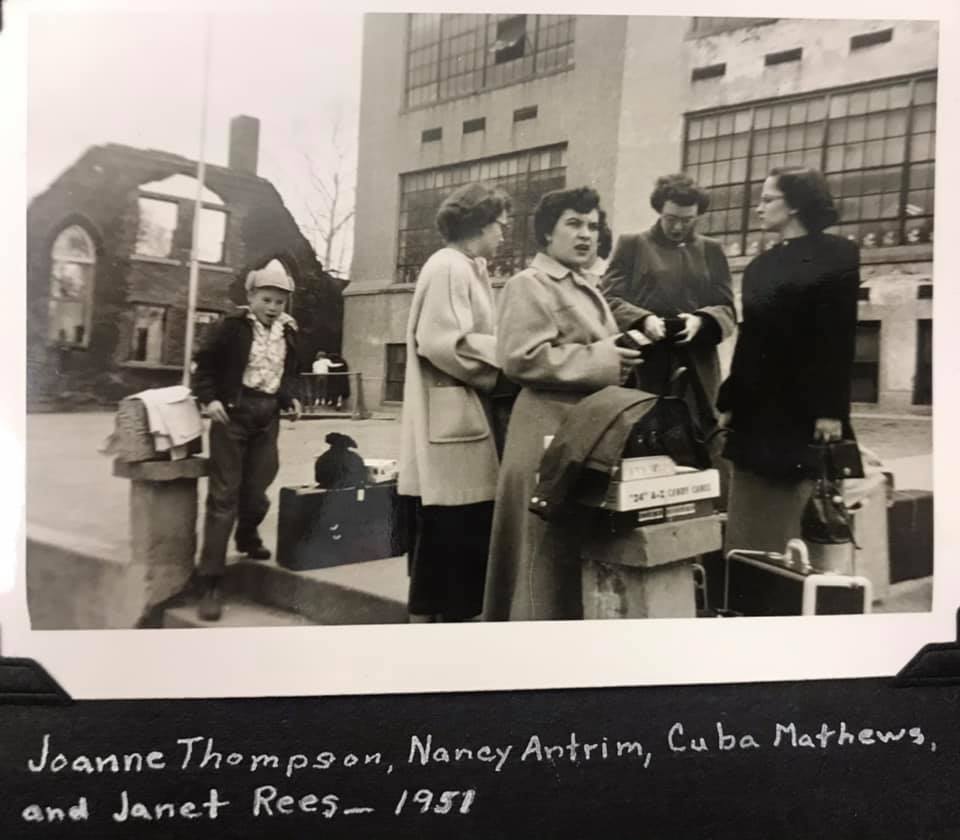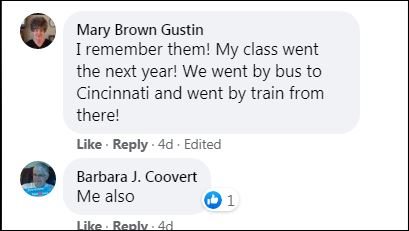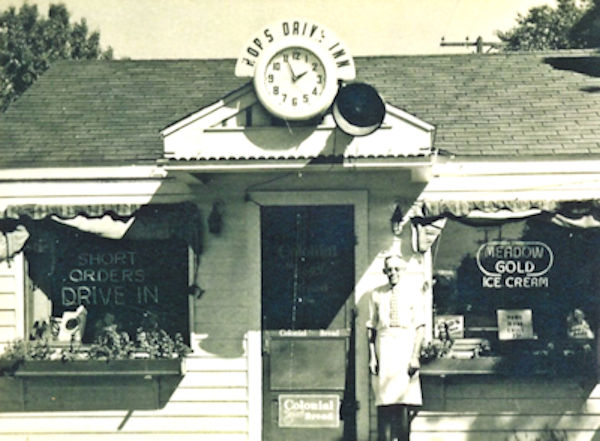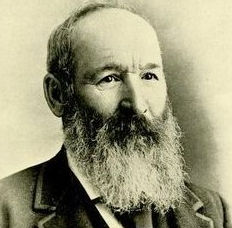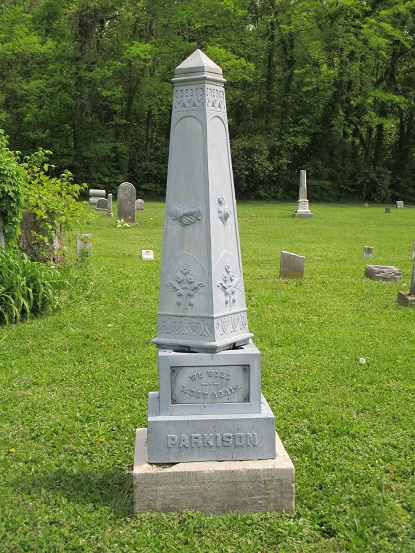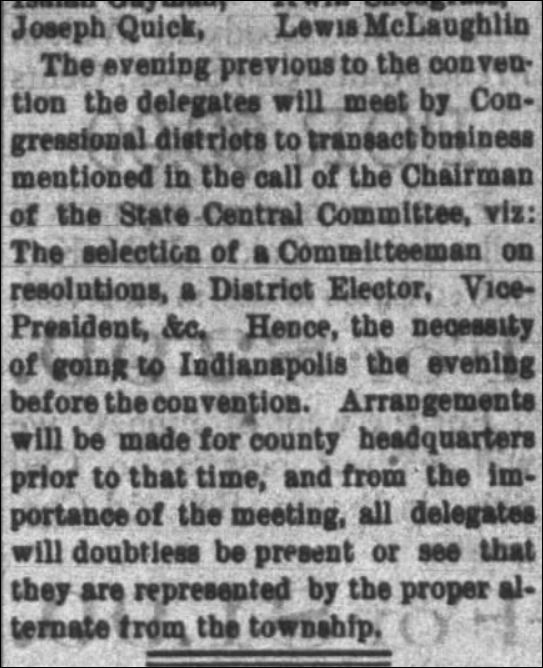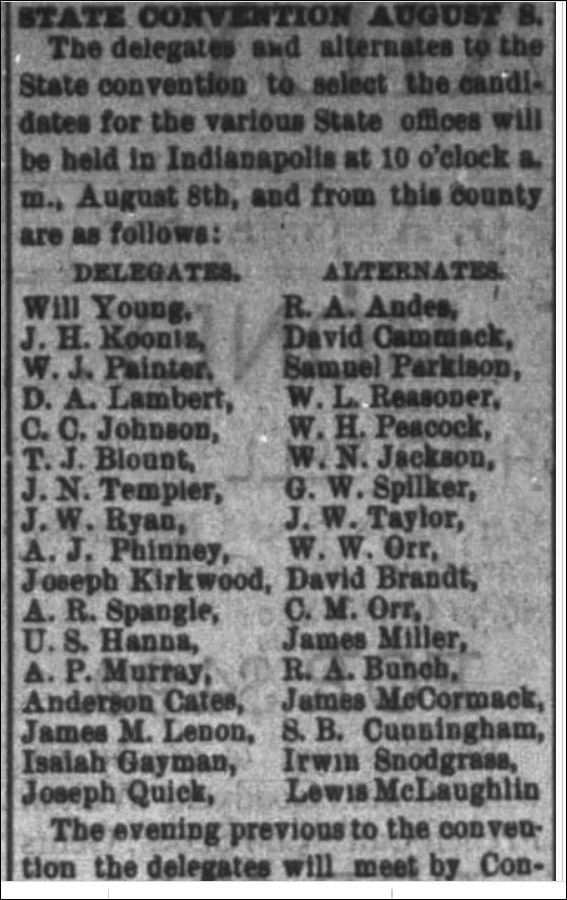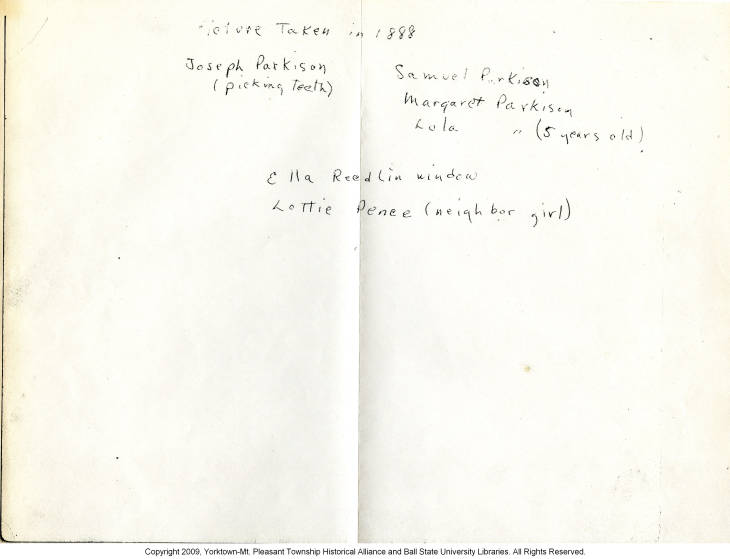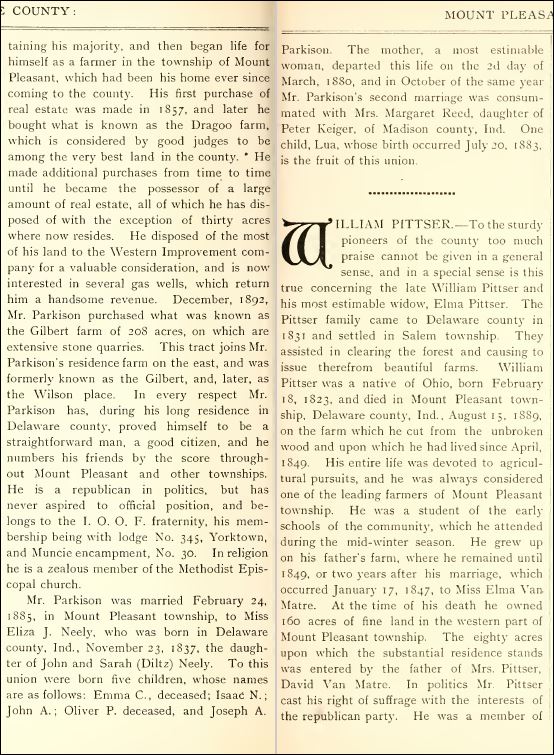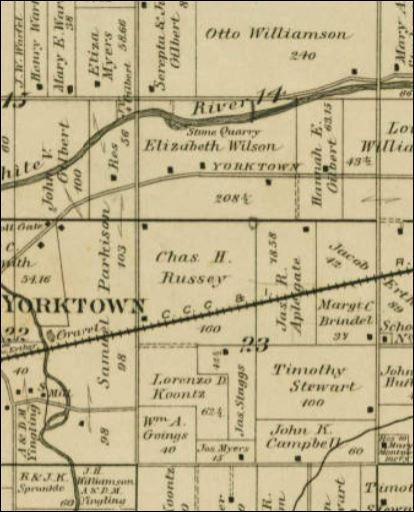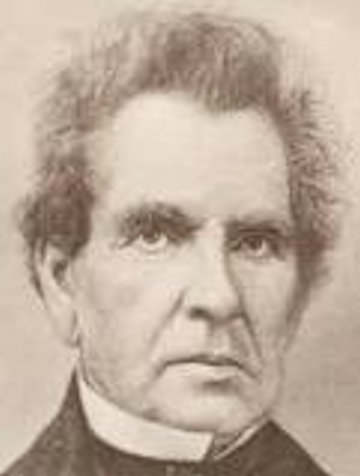
Smith, Oliver Hampton, (23 Oct 1794 – 19 Mar 1859) Smith founded the village of York Town in Delaware County, and there built a saw mill, grist mill, and fulling mill. Smith was a United States Representative and Senator from Indiana. He purchased large tracts of land around Mt. Pleasant Township. The land he purchased for the plat of a town was at the confluence of the White River and Buck Creek on 320 acres in Section 22. The land was owned by Samuel Cassman, a Native American, who received the land as part of the Treaties of St. Marys in 1818. Goldsmith Gilbert, an early settler from Muncie, purchased the land from Cassman after a years-long fight for fair compensation. The land reserve for Cassman had been part of the Treaties at St. Marys in 1818. When the sale was finally finalized, Goldsmith Gilbert, quickly sold the land to Oliver H. Smith in 1837. Smith was able to plat York Town in section 22 of Mt. Pleasant Township, Delaware County. Below is the PDF of the Ancestry.com file for Oliver H. Smith’s family.
Smith, Oliver Hampton (1794-1859)
Smith, Oliver Hampton, (23 Oct 1794 – 19 Mar 1859) Smith founded the village of “York Town” in Delaware County in 1837 and there built a sawmill, grist mill, and fulling mill.
Born on Smith’s Island, near Trenton, New Jersey on the 24th of October 1794, Oliver Hampton Smith was the son of Thomas and Letitia Smith and the grandson of William Smith all Quakers. William Smith, the grandfather of Oliver, settled in Wrightstown, Bucks County, Pennsylvania in 1684. He built a log cabin in 1686 and a field stone addition to the cabin in 1690. It is one of the oldest standing homes in the United States. Oliver was born and raised in this house. The house is on the National Register of Historic Places. Oliver’s father died in 1913 when he was 19-years-old. The family property was sold and the money was divided among 9 children.
Oliver moved west, eventually settling in Lawrenceburg, Indiana in 1818, just two years after Indiana became a state. He had attended the common (public) schools and he studied law. Smith was admitted to the bar in 1820, setting up his law practice in Connersville, Indiana.
In 1822, he was elected to the Indiana House of Representatives serving two years. During his tenure, he served as the chairman of the Judiciary Committee ending his time in the House of Representatives with an appointment by the governor as the prosecuting attorney for the third judicial district in Indiana. He rode around the 3rd district from 1824-1825 from trial to trial.
Of note: Smith was the prosecuting attorney against four men who massacred nine Native Americans–two men, three women, two boys, and two girls. They had been peacefully trading with the frontier people in the area. They were known to be friendly. According to Wikipedia, “It [the trial] was the first documented case in which white Americans were convicted, sentenced to capital punishment, and executed for the murder of Native Americans under U.S. law.” Of course, the precedent didn’t last.
Smith later wrote and published a book about his experiences ion the court circuit in The Early Indiana Trials and Sketchespublished in 1858. You can read more about the massacre of Fall Creek HERE. There was also a book written in 1975 about the massacre titled, The Massacre at Fall Creek by Jessamyn West,
Smith served in the United States House of Representatives from 1827 to 1829, riding his horse to Washington, DC to sit for the 20th Congress. He was a member of the Committee of Indian Affairs and vigorously, pleaded for an Indian policy “marked with justice, humanity, and magnanimity of purpose that will atone, as far as possible, for the great injustice we have done to them”. As a Whig, Smith was elected to one term in the United States Senate, 1837-1843. Smith served on the Committee on Engrossed Bills (Twenty-sixth Congress) and the Committee on Public Lands (Twenty-seventh Congress).
An unsuccessful candidate for reelection, he moved to Indianapolis and resumed the practice of law. Beginning in 1835, Smith purchased many acres of land in Mt. Pleasant Township in Delaware County, Indiana. The property was part of the “first public sale” of lands purchased from Native Americans covering the central third of the new state of Indiana. Smith wanted one choice piece of property that set at the confluence of the White River and Buck Creek in northwest half of section 22. However, the land was a reserve for Samuel Cassman, a Native American, and had been granted the land as part of the Treaties at St. Marys in 1818.
Goldsmith Gilbert had tried to purchase the 320 acres since 1830. The disagreement over the land “sale” was not resolved until 27 July 1836 when Gilbert paid Cassman $1200.00 for the land. Oliver H. Smith was able to purchase the “Cassman Reserve” for $1500.00 on 29 Oct 1836. Smith was able to plat “York Town” in the northwest quarter of section 22 of Mt. Pleasant Township, Delaware County in 1837,
Smith named the town “York Town” for the Native Americans who were camping along the White River. The main street through the town is still called “Smith Street” after Oliver Hampton Smith, the founder of our town. More on this under the history section.
In the last decade and a half of his life, Smith lived in Indianapolis. There he was interested in railroads, especially the Indianapolis and Bellefontaine Railroad and the construction of the first Union Station. He became president of the Belllefontaine Railroad, known as the”Bee Line” and later the CCC & I. He worked tirelessly to ensure that major rail lines passed through Mt. Pleasant Township to Indianapolis and Cincinnati to add value to his investments. The trains arrived in the 1850’s.
Family: Smith married Mary Brumfield on 8 Nov 1821 and had three children, of whom one, Marcus Camillus Smith, (b. 11 Apr 1825) was a state representative and then mayor of Muncie, Indiana. Letitia Smith, the oldest daughter, (b. 30 Sep 1822) m. Thomas L. Sullivan. The youngest child, Mary Franccnia Smith (b. 28 Feb 1829) m. John Love. See the PDF file above with the file from Ancestry.com as of 29 Dec 2020.
Oliver Hampton Smith died in Indianapolis, IN on 19 March 1859 and was interned in Crown Hill Cemetery, Indianapolis, Indiana.
